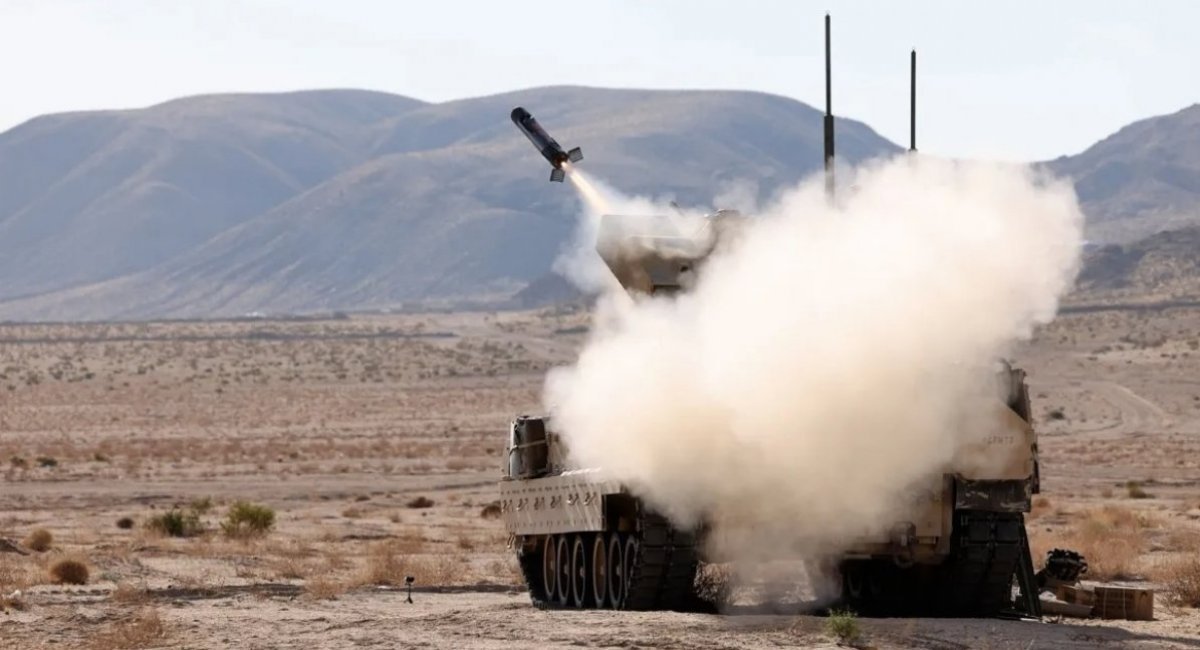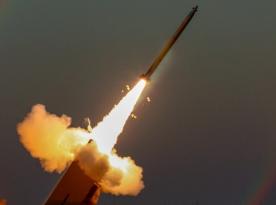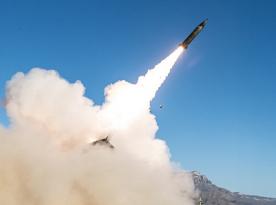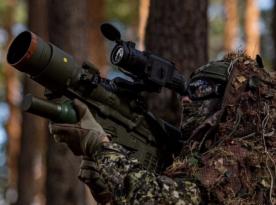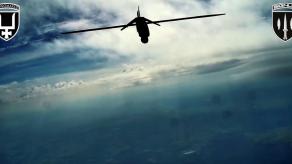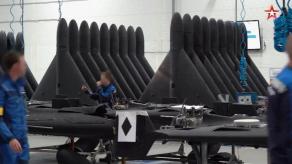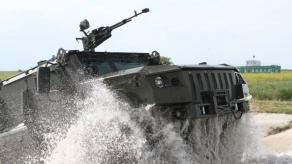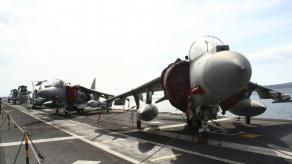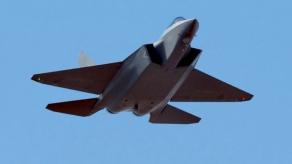The U.S. Army and NATO’s European members are beginning to implement a new plan called the Eastern Flank Deterrence Line, aimed at strengthening ground forces and deepening defense-industrial cooperation within the Alliance.
One of the core elements of this plan is the creation of a "universal launcher" capable of firing various types of munitions, combined with cloud-based systems for battlefield data exchange and coordination. This was revealed by General Christopher Donahue, Commander of U.S. Army Europe and Africa, during his speech at the inaugural LandEuro conference, as reported by Defense News.
Read more: If U.S. Gives Ukraine Long-Range Missiles, What Besides JASSM-ER Could Hit moscow
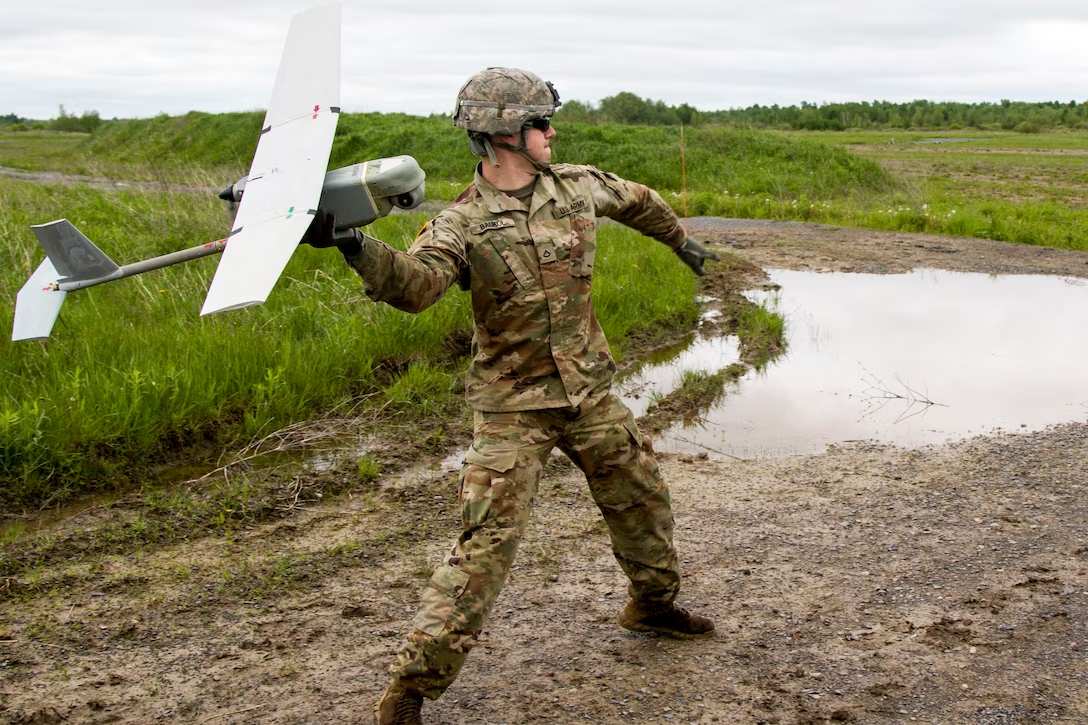
Defense Express highlights that this effectively means the U.S. Army is working on a concept where a universal launcher could theoretically fire anything — from loitering munitions (kamikaze drones) to guided missiles and beyond. Data sharing between units would be managed through a unified cloud-based system.
In essence, this is about using advanced technologies to minimize the resources required for maintaining the U.S. military presence in Europe during peacetime while maximizing combat readiness and effectiveness in the event of a major conflict — namely, a potential large-scale war with russia.
The publication notes that European NATO countries have already acquired the Maven Smart System AI platform from Palantir. While its specific functions have not been disclosed, it is assumed to be a more advanced counterpart to current data-sharing systems like Link 16.
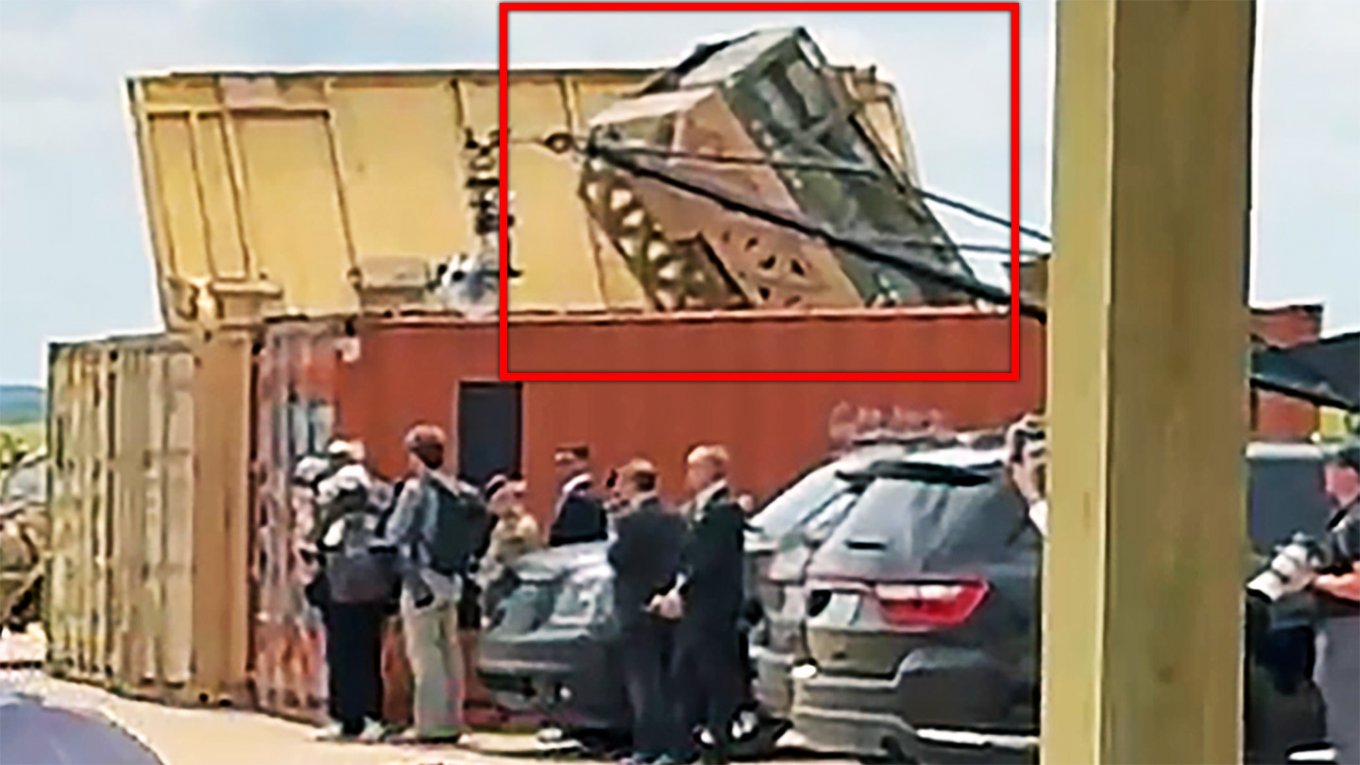
The U.S. military’s objective is clear: to minimize the cost of such systems. Judging by the direction of current efforts, this seems to be pursued through a maximalist approach — creating a single launcher capable of firing almost any munition. The question of whether this launcher will be mobile or stationary appears to be a secondary concern at this stage.
General Donahue emphasized that this system — a combination of AI-based data networks and a universal launcher for various munitions — is intended to solve the "mass and momentum" problem that russia has exploited during its war against Ukraine.
Ultimately, this concept has been shaped by a reassessment of lessons from the battlefield in Ukraine, where practice has shown that the sea can be controlled from land, and anti-access/area denial (A2/AD) zones can also be broken through from land-based systems.

Read more: All Upgrades to Ukraine's Sea Baby Naval Drone Analyzed: From Boat-Bomb to UAV Mothership With a Smart Turret and Mines




